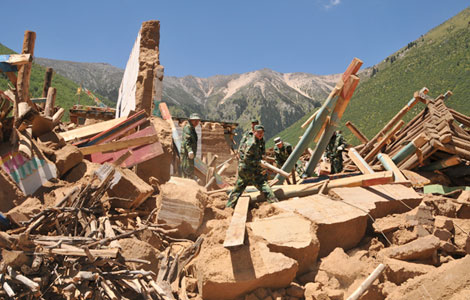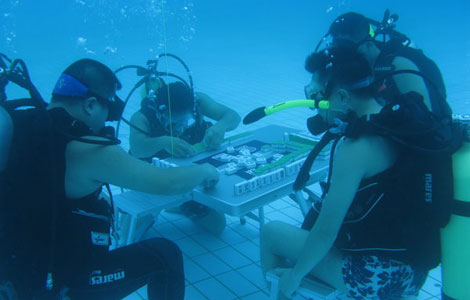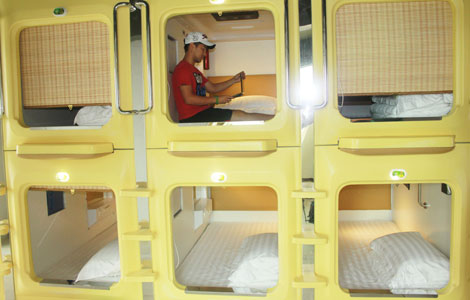

Beijing, Tianjin and Hebei look to achieve sustainable growth through regional cooperation
The central government is considering plans to upgrade regional cooperation between Beijing, Tianjin and Hebei province to build a trilateral economic sphere in the Bohai Bay area.
The three places have submitted proposals to restart the initiative, which had been shelved for nearly a decade, said Zhang Zhiqiang, head of the Tianjin Development and Reform Commission.
A final blueprint covering issues such as logistics, tourism and environmental protection will be drafted based on the three proposals, with input from experts, industry insiders and central government departments, he said.
The Bohai Bay area is considered China’s third economic engine, alongside the Pearl and Yangtze river deltas.
Development of the area has been discussed since the 1980s, and the State Council set up a working group in 2004 to draft a development plan.
A draft of the plan was completed in 2006, but no progress has been made since.
"To achieve sustainable development, Beijing has to figure out a way to relocate its ever-growing population and its polluting industries," Zhang said.
It also has to take advantage of its leading position in science and technology, and turn achievements in the sector into added industrial value, said Zhang.
Tianjin and Hebei can play roles in helping Beijing attain its development goal, he said.
Tianjin, a port city with a population of 14 million, is linked to Beijing by several highways, or a 30-minute trip by high-speed railway.
Hebei, a traditional industrial and transportation hub with rich natural resources and about 73 million residents, surrounds Beijing and Tianjin.
"Economic cooperation in the area is far from enough. There is a lot of potential to be unleashed," Zhang said.
President Xi Jinping visited Tianjin in May and urged the three places to push forward with regional cooperation.
Tianjin and Hebei have set up a bilateral coordination group, with a vice-governor and a vice-mayor in charge, to "break institutional barriers" and "carry out exchanges in a smooth and timely manner".
Zhang said the three places face an unprecedented opportunity in regional cooperation, but conflicting interests must be taken into account.
For example, it has not been decided which cities in Hebei should be included in the economic circle, said Yang Kaizhong, a professor at the Chinese Academy of Governance.
At present, six cities including Langfang, Baoding and Chengde are listed in the plan.
"But Hebei hopes more cities, such as the provincial capital Shijiazhuang, along with Hengshui and Cangzhou, can be included. That means Beijing and Tianjin have to provide more subsidies and support," he said.
Yang also said the three places have yet to clarify their roles in regional development.
According to an urban development plan approved by the State Council in 2006, Tianjin is to be developed into an "economic center in North China" and an "international shipping hub".
But Tianjin’s economic growth lags far behind Beijing, which makes the positioning unrealistic, Yang said.
"Does North China include Beijing?" Yang asked. "If so, does it mean that Tianjin should surpass the capital in terms of economic development. It is not an easy task for Tianjin to accomplish."
Tianjin and Hebei also have conflicting interests in infrastructure such as ports, where there is more competition than cooperation.
As Tianjin is striving to build itself into an "international shipping center", Hebei is quickly catching up.
Ren Lisheng, deputy manager of General Cargo Branch at Caofeidian, a port in Hebei province, said it has an edge over Tianjin in terms of deep-water berths.
Also, many shipments of minerals and salt are shifting to Caofeidian from Tianjin because of "our preferential policies and larger storage space", he said.
Ren said Caofeidian handled more than 56.7 million metric tons of cargo in 2012, a sharp increase from 400,000 tons in 2009. "But I think competition is good for both."







